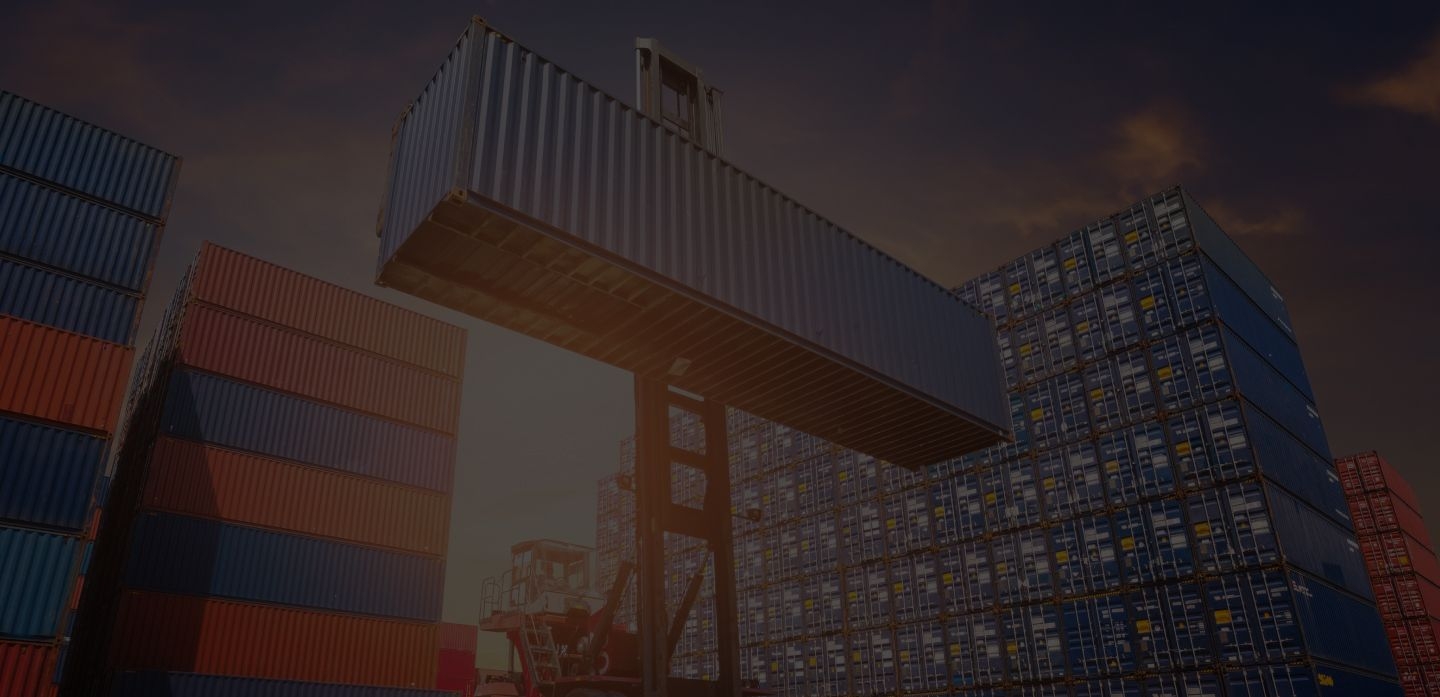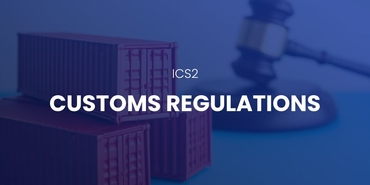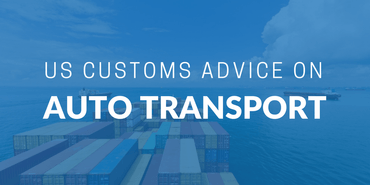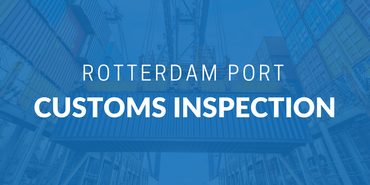
Types of US customs inspections and holds



![]()
Role of US Customs and Border Protection
The US Customs and Border Protection, or CBP, is responsible for regulating international trade that goes in and out of the US. This includes collecting import duties, and enforcing regulations related to trade, customs, and immigration.
Whether you’re sending your ocean freight shipment by LCL shipping or FCL shipping, US Customs may decide to hold your container for inspection either at random or because it rouses suspicions.
When this happens, the costs for the exam and any fees incurred falls under the responsibility of the shipper. It is important to know the types of US customs inspections and holds you may be subjected to.
Types of US Customs inspections holds
- Manifest hold: A hold placed on containers with an incorrect manifest
- CET Hold (A-TCET): A hold placed by the Anti-Terrorism Contraband Enforcement Team on containers that may contain illegal contraband.
- PGA/Commercial Enforcement Hold: A hold that Participating Government Agencies (PGAs), i.e., FDA, USDA, CPSC and additional agencies who regulate products entering the US can place on a container to ensure that it complies with regulations.
- Statistical Validation Hold: A hold placed on containers when the goods listed on the manifest do not match the expected weight, value, etc.
Delay fees from US customs holds
When your container is being held, delay fees will be applicable. These include row fees, demurrage fees (per day), shifting fees, and admin fees.
US Customs exams
When CBP tags your container for an inspection, they will conduct a customs exam to decide if they should confiscate or release the cargo.
These are the three types of customs exams and what each implicates:
1. The X-Ray Exam (VACIS exam):
The containers are scanned using an X-ray machine at the terminal. Once the photos are examined, customs authorities will either release the container or tag it for an additional exam.
2. The Tail Gate Exam:
The container is inspected at the pier. A customs officer breaks the container seal and physically inspects the shipment. If everything is determined to be correct, they will either release the container or send it for a final exam.
3. The Intensive Exam:
The entire container is taken to a Customs Exam Site (CES), where it is emptied of its contents by an authorized agent. The shipment will then be separated by parcels and boxes to prepare for a full inspection of the cargo by a customs officer.
Related Articles


